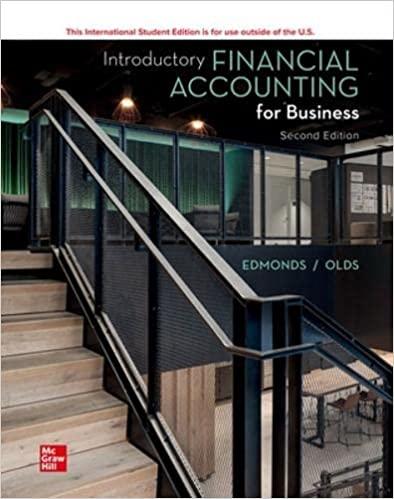Answered step by step
Verified Expert Solution
Question
1 Approved Answer
Harmon Recycling Services (HRS), a not-for-profit organization, has two drop-off centers, Westside and Eastside. The company is considering using a two-stage cost allocation system and
Harmon Recycling Services (HRS), a not-for-profit organization, has two drop-off centers, Westside and Eastside. The company is considering using a two-stage cost allocation system and wants to assess the effects on reported product profits. More detailed financial information for HRS follows: 127 Clients Revenues Staff hours Staff costs General operating costs: Eastside 25,000 $ 1,980,000 8,100 $ 726,000 The general operating costs could be summarized as follows: User-related operating costs Staff hour-related operating costs Staff cost-related operating cost Total general operating cost Westside 6,250 $ 1,320,000 2,700 $ 594,000 $ 990,000 792,000 198,000 $ 1,980,000 Total 31,250 $ 3,300,000 10,800 $ 1,320,000 User-related Staff-related Total general operating costs The company plans to use Clients to allocate user-related costs and Staff Costs to allocate staff-related costs. An accounting student from the local college working on a related project at HRS as a part of a course, suggested a further revision after an analysis of the general operating accounts. Specifically, the student suggested that the staff-related costs should be separated into two cost pools instead of one. One pool would be allocated based on staff hours and the other pool allocated based on staff costs. $ 990,000 990,000 $ 1,980,000 Required: a. Compute the predetermined overhead rate used to apply the three general operating cost pools to the two center (Eastside and Westside) assuming HRS uses the the student's proposed two-stage cost system to allocate general operating costs. b. Based on the rates computed in requirement (a), what is the surplus (revenues minus costs) for each service?

Step by Step Solution
There are 3 Steps involved in it
Step: 1

Get Instant Access to Expert-Tailored Solutions
See step-by-step solutions with expert insights and AI powered tools for academic success
Step: 2

Step: 3

Ace Your Homework with AI
Get the answers you need in no time with our AI-driven, step-by-step assistance
Get Started


